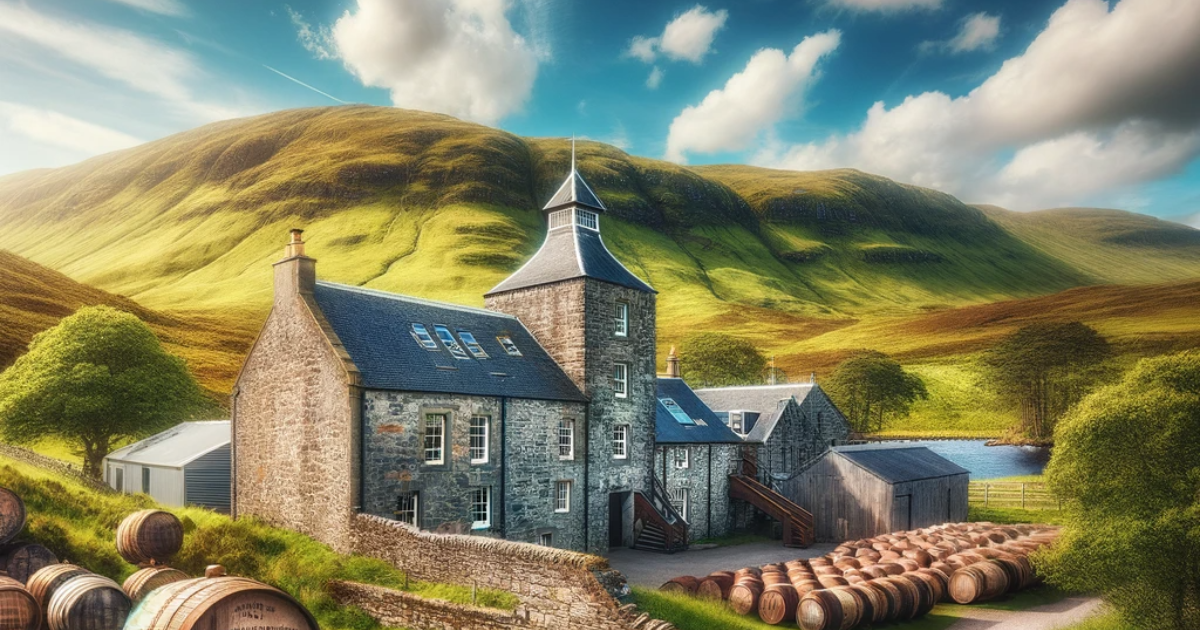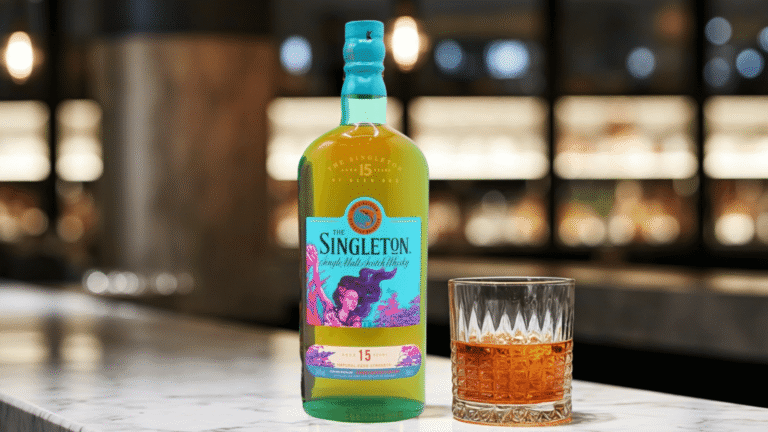What Is Single Malt Whiskey?: Single malt whiskey is a complex and nuanced spirit that offers a wide range of flavours, aromas, and experiences. In this comprehensive guide, we'll dive deep into the world of single malt, exploring its production process, regional variations, and expert tips for tasting and collecting.
What Is Single Malt Whiskey? Table of Contents
Understanding Single Malt Whiskey
Definition and Standards
Single malt whiskey is a type of whiskey made exclusively from malted barley at a single distillery. To be labelled as a single malt, the whiskey must adhere to strict production standards:
- Produced at a single distillery
- Made entirely from malted barley
- Distilled in copper pot stills
- Aged in oak casks for a minimum of three years
- Bottled at a minimum strength of 40% ABV
These regulations ensure the quality and consistency of the final product.
The Importance of Malted Barley
Malted barley is the cornerstone of single-malt whiskey production. The barley is steeped in water, allowed to germinate, and then dried in a kiln. This process, known as mashing and fermentation, develops enzymes that convert the grain's starches into fermentable sugars.
Different barley varieties and malting techniques can significantly impact the flavour of the whiskey. Some distilleries, such as Bruichladdich and Kilchoman, experiment with different barley strains and terroir to create unique flavour profiles.
Distillation: The Heart of Single Malt Production
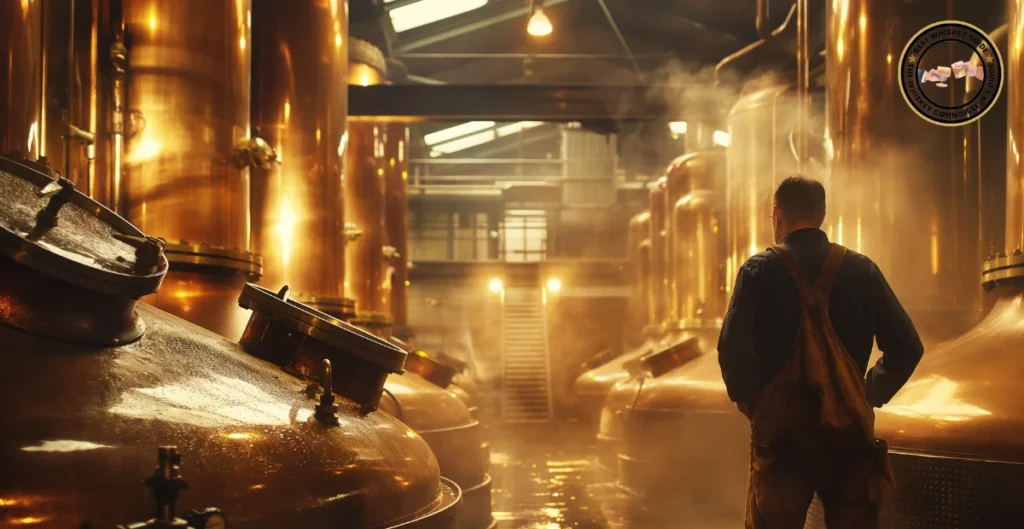
Single malt whiskey must be distilled using copper pot stills. The shape and size of the still, as well as the skill of the distiller, play a crucial role in shaping the character of the spirit.
During distillation, the Stillman must make precise cuts to separate the spirit into three fractions:
- The foreshots (or heads), which contain volatile compounds and are discarded
- The heart (or middle cut), which is the purest and most desirable portion of the spirit
- The feints (or tails), which contain heavier compounds are recycled back into the next batch
The art of making these cuts is a critical skill that takes years of experience to master. Factors such as the speed of distillation, the shape of the still, and the type of heating source can all influence the final product.
Maturation: The Magic of Oak
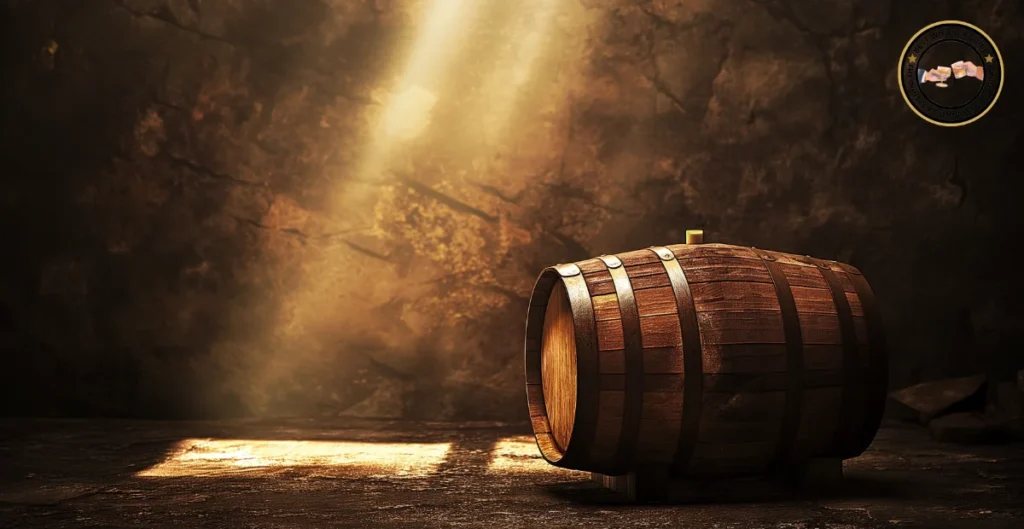
Once distilled, the spirit is transferred into oak casks for maturation. The type of oak, the previous contents of the cask, and the length of maturation all contribute to the flavour and aroma of the whiskey.
The most common types of oak used for single malt maturation are:
- American Oak: Typically used for bourbon production, American oak imparts sweet, vanilla, and coconut notes to the whiskey. The wood is often charred before use, which enhances these flavours.
- European Oak: Often used for sherry production, European oak contributes rich, fruity, and spicy notes to the whiskey. The wood is typically toasted rather than charred, which brings out more subtle, complex flavours.
Some distilleries also experiment with casks that have previously held other spirits or wines, such as rum, port, or Sauternes. These "finishing" casks can add unique layers of flavour to the whiskey.
The length of maturation is another critical factor. While single malt must be aged for a minimum of three years, many expressions are matured for much longer. Extended maturation allows for greater interaction between the spirit and the wood, creating a more complex and nuanced flavour profile.
Regional Variations and Flavor Profiles

One of the most fascinating aspects of single malt whiskey is the incredible diversity of flavours and styles found in different regions around the world.
Scotland: The Spiritual Home of Single Malt
Scotland is divided into six main whisky-producing regions, each with its distinct character and style.
| Region | Notable Distilleries | Flavor Profile |
|---|---|---|
| Speyside | Glenfiddich, Macallan, Aberlour | Fruity, floral, and elegant, with notes of apple, pear, honey, and vanilla. |
| Highlands | Glenmorangie, Oban, Dalmore | Diverse range of styles, from light and delicate to rich and full-bodied. |
| Lowlands | Glenkinchie, Auchentoshan | Soft, light, and grassy, with notes of citrus, cream, and toast. |
| Islay | Ardbeg, Laphroaig, Lagavulin | Peat smoke, brine, and medicinal notes, with varying levels of intensity. |
| Campbeltown | Springbank, Glen Scotia | Full-bodied, with notes of salt, smoke, and dried fruit. |
| Islands | Talisker, Highland Park | Maritime influence, with notes of salt, smoke, and heather. |
Some distilleries stand out for their unique production methods and flavour profiles:
- Springbank Distillery (Campbeltown): One of the few remaining distilleries that malt all of its barley using traditional floor malting techniques. This labour-intensive process contributes to the rich, complex character of Springbank's whiskies, with notes of smoke, brine, and dried fruit.
- Bruichladdich Distillery (Islay): Known for its "terroir-driven" approach, Bruichladdich experiments with different barley varieties, each grown on a specific farm. Their Octomore series boasts some of the most heavily peated whiskies in the world, with phenol levels exceeding 200 ppm (parts per million).
- Macallan Distillery (Speyside): Famed for its extensive use of sherry casks, Macallan produces rich, full-bodied whiskies with notes of dried fruit, spice, and dark chocolate. The distillery has some of the most valuable and sought-after bottlings in the world, such as the Macallan M and the Macallan 1926.
Japan: Precision and Innovation
Japan has been producing single-malt whiskey since the early 20th century, with a focus on quality, consistency, and innovation. Japanese distilleries often take inspiration from Scottish traditions but add their unique twist.
Notable Japanese distilleries include:
- Yamazaki Distillery: Japan's oldest and most renowned single malt distillery, known for its rich, complex whiskies with notes of dried fruit, spice, and sandalwood. Yamazaki uses a wide range of cask types, including Japanese oak (Mizunara), to create whiskies with unique flavour profiles.
- Hakushu Distillery: Located in the Japanese Alps, Hakushu produces light, fresh whiskies with notes of green apple, mint, and a delicate hint of smoke. The distillery uses a variety of barley strains and yeast types to create a diverse range of flavour profiles.
- Yoichi Distillery: Situated on the northern island of Hokkaido, Yoichi is known for its peated whiskies with notes of earth, leather, and dark fruit. The distillery uses direct coal firing to heat its stills, a traditional method that is rarely used in Scotland today.
Japanese distilleries are known for their meticulous attention to detail and innovative techniques. For example, Suntory's Chita Distillery uses a unique continuous still called a "column still" to create a light, delicate spirit that is often used for blending.
United States: Bold and Experimental
The American single malt category is relatively new but rapidly growing, with craft distilleries across the country producing high-quality, innovative whiskies.
Notable American single malt distilleries include:
- Westland Distillery (Seattle, WA): Known for its use of locally sourced barley and oak, Westland produces whiskies with a distinct Pacific Northwest character, often featuring notes of chocolate, coffee, and dried fruit. Their Garry Oak series uses casks made from a rare, native oak species that imparts unique flavours to the whiskey.
- Balcones Distilling (Waco, TX): With a focus on bold, robust flavours, Balcones produces heavily sherried whiskies with notes of dark fruit, spice, and tobacco. They often use Texas-grown barley and experiment with unique cask types, such as French oak and rum casks.
- St. George Spirits (Alameda, CA): One of the pioneers of American single malt, St. George Spirits produces a range of whiskies showcasing different barley varieties and smoke levels, with complex notes of malt, spice, and fruit. Their Baller single malt is aged in Japanese Mizunara oak casks and finished in casks that previously held umeshu (Japanese plum liqueur).
American distilleries often push the boundaries of traditional single malt production, experimenting with unique barley varieties, smoke levels, and cask finishes to create bold and innovative flavour profiles.
A Beginner's Guide to Tasting and Collecting
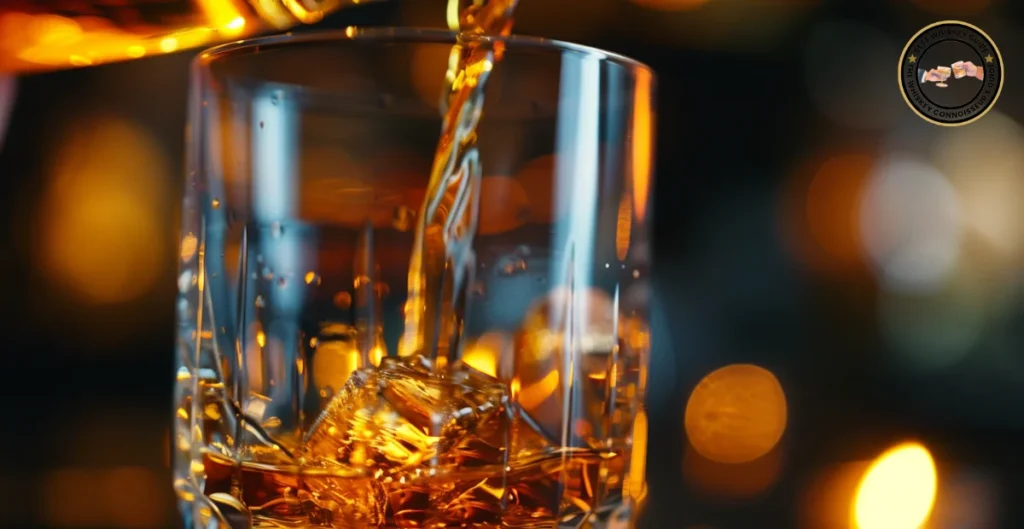
Tasting and collecting single-malt whiskey can be a rewarding and enlightening experience, but it can also be intimidating for beginners. Here are some expert tips to help you get started.
How to Taste Single Malt Whiskey
- Choose the right glassware: A tulip-shaped glass like the Glencairn helps concentrate the aromas and allows for easy swirling. Avoid using a tumbler or rocks glass, as these can dull the whiskey's subtle flavours.
- Observe the colour: Hold the glass up to the light and note the whiskey's colour and clarity. A darker colour may indicate a longer maturation period or the use of sherry casks, while a lighter colour may suggest a younger whiskey or the use of ex-bourbon casks.
- Nose the whiskey: Swirl the glass gently to release the aromas, then bring it to your nose and inhale deeply. Try to identify different scents, such as fruit, spice, vanilla, or smoke. If the alcohol fumes are too strong, hold the glass slightly away from your nose and take shorter sniffs.
- Take a small sip: Take a small sip of the whiskey and let it coat your tongue. Pay attention to the texture (is it light and delicate or rich and oily?) and the flavours you perceive. Common flavours in single malt include fruit (apple, pear, citrus), spice (cinnamon, nutmeg, clove), and wood (vanilla, caramel, oak).
- Add a few drops of water (optional): Adding a small amount of water can help open up the whiskey's flavours and aromas, especially if it's a high-proof expression. Start with a few drops and see how it changes the whiskey's character. Be careful not to add too much water, as this can dilute the flavours.
- Evaluate the finish: After swallowing the whiskey, pay attention to the finish (the flavours that linger on your palate). Is it short and crisp or long and complex? Are there any new flavours that emerge, such as chocolate, coffee, or leather?
Building a Single Malt Collection
Starting a single malt collection can be an exciting and rewarding hobby, but it's important to approach it with a clear strategy and budget in mind.
- Set a budget: Decide how much you're willing to spend on your collection and stick to it. Single malt prices can vary widely, from under $50 to several thousand dollars per bottle. Don't feel pressured to overspend or chase rare and expensive bottles.
- Start with the classics: Begin by exploring the core expressions from well-known distilleries like Glenfiddich, Macallan, or Lagavulin. These whiskies are widely available and offer a good introduction to different styles and regions.
- Explore different regions and styles: Once you've tried a few classic expressions, branch out and explore different regions and styles. Try a peated Islay malt like Ardbeg or Laphroaig, a sherry-cask Speysider like Aberlour or Glendronach, or a Japanese malt like Yamazaki or Hakushu.
- Keep track of your collection: Use a spreadsheet or whiskey-tracking app to keep track of the bottles in your collection. Note the distillery, age, cask type, and any other relevant details. This will help you avoid duplicates and identify gaps in your collection.
- Store your bottles properly: To preserve the quality of your whiskey, store your bottles in a cool, dark place away from direct sunlight and heat. Keep them upright to minimize contact with the cork, and avoid opening them until you're ready to drink.
- Join a whiskey club or attend tastings: Joining a local whiskey club or attending tastings can be a great way to meet other enthusiasts, learn more about different whiskies, and discover new bottles for your collection.
Remember, the key to building a single malt collection is to focus on whiskies that you enjoy drinking and that have personal meaning to you. Don't get caught up in chasing rare or expensive bottles just for the sake of it. The most valuable collection is one that reflects your tastes and experiences.
Comparing Single Malt to Other Whiskey Styles
While single malt is a distinct category of whiskey, it's often compared to other popular styles like blended whiskey and bourbon. Here's a quick guide to the key differences:
| Style | Definition | Flavor Profile |
|---|---|---|
| Single Malt | 100% malted barley from a single distillery | Wide range of flavors, from light and fruity to rich and smoky |
| Blended Whiskey | A blend of malt and grain whiskies from multiple distilleries | Smooth, easy-drinking, with notes of vanilla, caramel, and fruit |
| Bourbon | Made from at least 51% corn, aged in new charred oak barrels | Sweet, with notes of vanilla, caramel, and spice |
While each style has its unique characteristics, there is also significant overlap and variation within each category. Many whiskey enthusiasts enjoy exploring the diversity of flavours and styles across different whiskey categories.
Conclusion
Single malt whiskey is a complex and rewarding category that offers endless opportunities for exploration and discovery. From the classic distilleries of Scotland to the innovative producers of Japan and the United States, each region and style has something unique to offer.
Whether you're a curious beginner or a seasoned enthusiast, the key to appreciating single malt is to approach it with an open mind and a willingness to learn. Take the time to explore different flavours and styles, and don't be afraid to step outside your comfort zone.
With a bit of knowledge and guidance, you'll soon discover the rich and fascinating world of single-malt whiskey. Slàinte!

